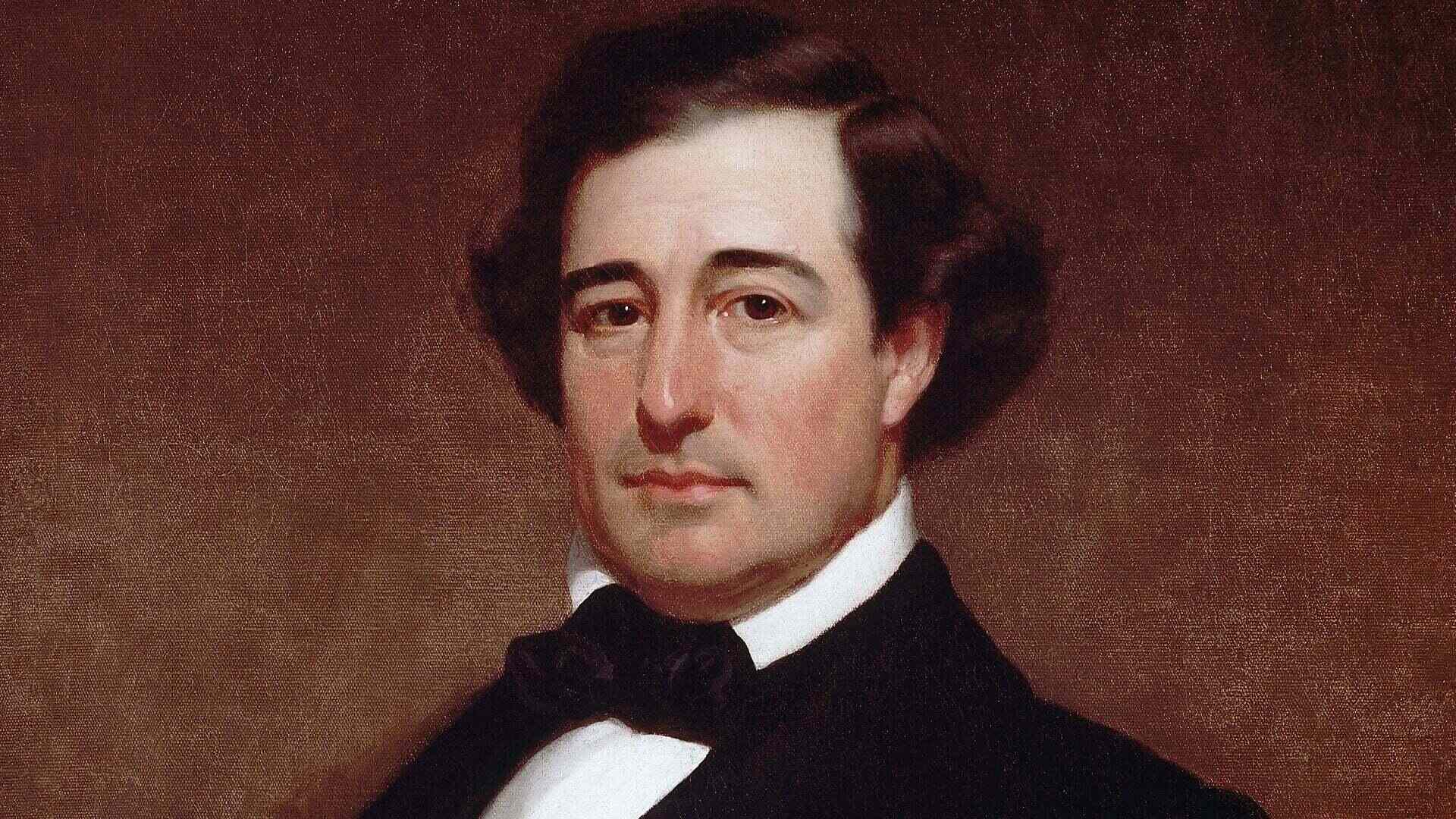
Millard Fillmore, the 13th President of the United States, often flies under the radar in American history. Did you know he was the last president not affiliated with either the Democratic or Republican parties? Born in a log cabin in New York, Fillmore's journey to the White House was anything but ordinary. He took office after the sudden death of President Zachary Taylor, making him one of the few vice presidents to ascend to the presidency. Fillmore's tenure saw the controversial Compromise of 1850, which aimed to ease tensions between free and slave states. Despite his efforts, his presidency remains a topic of debate among historians. Curious about more intriguing facts? Let's dive into the lesser-known details of Fillmore's life and legacy.
Early Life and Education
Millard Fillmore, the 13th President of the United States, had a humble beginning. His early life and education shaped his future political career.
- Born on January 7, 1800, in a log cabin in Cayuga County, New York.
- His family was poor, and he had limited access to formal education.
- At 14, he was apprenticed to a cloth maker to help support his family.
- Fillmore attended a local school sporadically, learning basic reading and writing.
- He later attended New Hope Academy, where he met his future wife, Abigail Powers.
Political Career Before Presidency
Before becoming President, Fillmore had a notable political career. He served in various capacities, gaining experience and recognition.
- Elected to the New York State Assembly in 1828.
- Served as a U.S. Representative from New York from 1833 to 1835 and again from 1837 to 1843.
- Played a key role in the creation of the Whig Party in the 1830s.
- Appointed as the first Comptroller of New York in 1848.
- Became Vice President under Zachary Taylor in 1849.
Presidency and Major Accomplishments
Fillmore's presidency was marked by significant events and decisions. His time in office was both challenging and impactful.
- Became President on July 9, 1850, after the death of Zachary Taylor.
- Signed the Compromise of 1850, which aimed to ease tensions between slave and free states.
- Supported the Fugitive Slave Act, which required the return of escaped slaves to their owners.
- Sent Commodore Matthew Perry to Japan, opening trade relations with the country.
- Established the first White House library.
Personal Life and Interests
Fillmore's personal life and interests reveal a different side of the President. He had hobbies and passions outside of politics.
- Married Abigail Powers in 1826, and they had two children, Millard Powers Fillmore and Mary Abigail Fillmore.
- Abigail was a teacher and played a significant role in Fillmore's education.
- Fillmore was an avid reader and had a personal library of over 4,000 books.
- He was a founding member of the Buffalo Historical Society.
- Enjoyed gardening and often spent time tending to his plants.
Later Years and Legacy
After his presidency, Fillmore continued to be active in public life. His later years were marked by various endeavors and contributions.
- Ran for President again in 1856 as a candidate for the Know-Nothing Party but lost.
- Served as the first Chancellor of the University of Buffalo from 1846 to 1874.
- Supported the Union during the Civil War, though he criticized some of Lincoln's policies.
- Married Caroline Carmichael McIntosh in 1858 after Abigail's death.
- Died on March 8, 1874, in Buffalo, New York.
Interesting and Lesser-Known Facts
Fillmore's life is filled with interesting and lesser-known facts that add depth to his story. These tidbits provide a fuller picture of the man behind the presidency.
- Fillmore was the last President who was neither a Democrat nor a Republican.
- He was the first President to have a stepmother, as his father remarried after his mother's death.
- Fillmore refused an honorary degree from Oxford University because he felt he had "neither literary nor scientific attainment."
- He installed the first bathtub in the White House.
- Fillmore was the first President to have running water in the White House.
Fillmore's Impact on U.S. History
Fillmore's impact on U.S. history is significant, though often overlooked. His decisions and actions had lasting effects.
- The Compromise of 1850 delayed the Civil War by a decade.
- His support for the Fugitive Slave Act remains controversial and is often criticized.
- Fillmore's foreign policy initiatives helped open Japan to the Western world.
- He helped establish the University of Buffalo, contributing to higher education.
- Fillmore's presidency highlighted the growing sectional tensions in the U.S.
Fillmore in Popular Culture
Fillmore's legacy extends into popular culture. He has been referenced and portrayed in various media.
- Fillmore has been depicted in several historical novels and films.
- He was the subject of a humorous song by the band "They Might Be Giants."
- Fillmore's name is often used in trivia games due to his relative obscurity.
- He has been portrayed in political cartoons, often highlighting his controversial decisions.
- Fillmore's life and presidency are studied by historians and scholars, contributing to ongoing discussions about his impact.
Fillmore's Legacy
Millard Fillmore, often overlooked, played a pivotal role in shaping early American history. His presidency, marked by the Compromise of 1850, aimed to ease tensions between North and South. Though controversial, this legislation delayed the Civil War, giving the nation a brief respite. Fillmore's dedication to expanding trade, especially with Japan, opened new economic avenues. His support for infrastructure projects like the transcontinental railroad laid groundwork for future growth. Despite criticisms, Fillmore's efforts in education and public health showed his commitment to progress. His complex legacy reminds us that even lesser-known presidents can leave lasting impacts. Understanding Fillmore's contributions offers a richer perspective on America's past. So next time you think of early presidents, remember Millard Fillmore's unique role in shaping the nation.
Was this page helpful?
Our commitment to delivering trustworthy and engaging content is at the heart of what we do. Each fact on our site is contributed by real users like you, bringing a wealth of diverse insights and information. To ensure the highest standards of accuracy and reliability, our dedicated editors meticulously review each submission. This process guarantees that the facts we share are not only fascinating but also credible. Trust in our commitment to quality and authenticity as you explore and learn with us.


